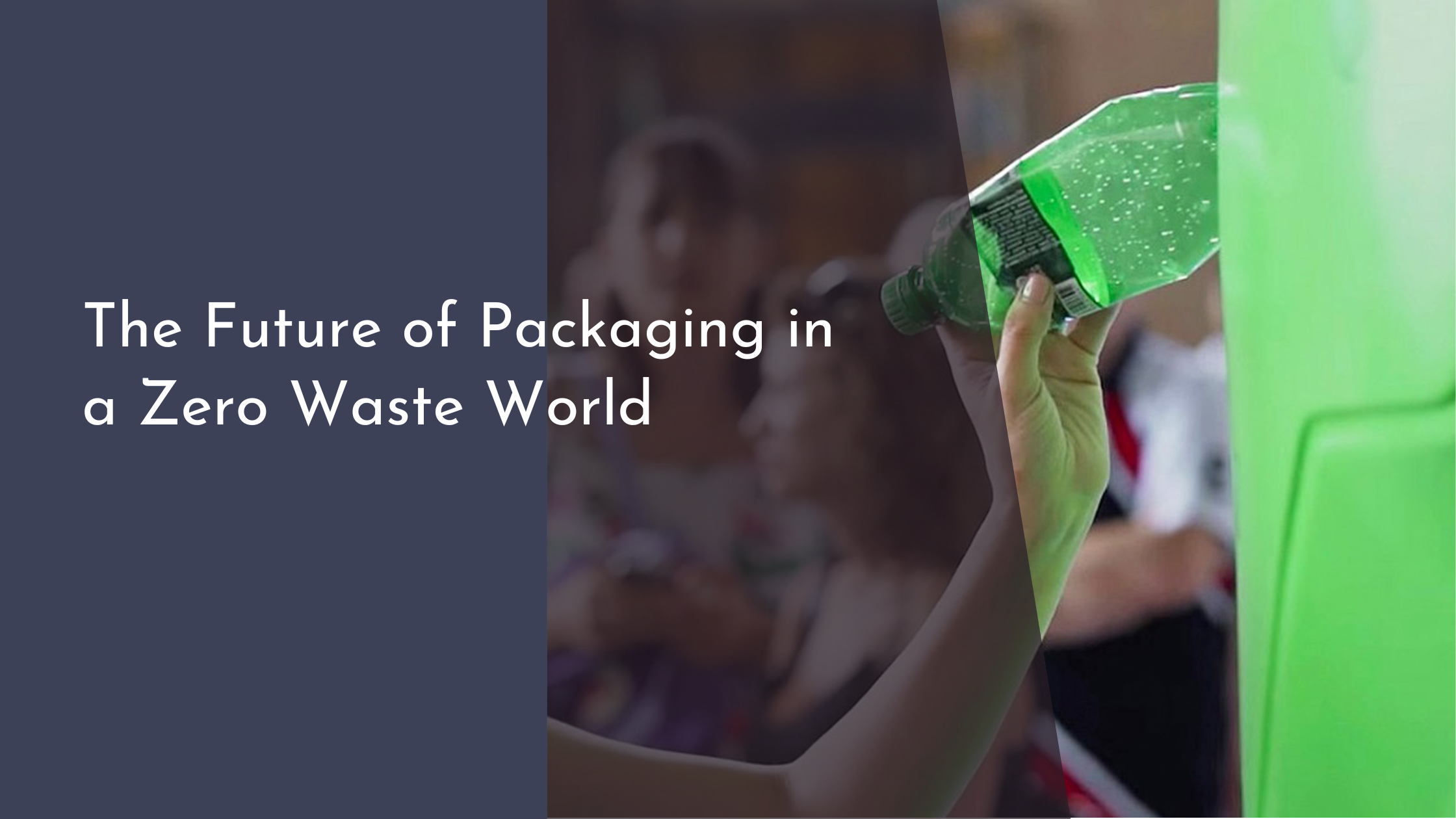The Future of Packaging in a Zero Waste World
The quest for sustainability is reshaping industries worldwide, and packaging is no exception. As we move towards a zero waste future, innovative solutions are emerging to replace traditional, environmentally harmful packaging materials. This article explores the transformative trends in packaging that prioritize sustainability while meeting the diverse needs of consumers and businesses alike.
Innovative Materials Shaping Tomorrow’s Packaging
The development of bioplastics is revolutionizing the packaging industry. Derived from renewable resources like cornstarch, potato starch, and sugarcane, bioplastics offer a biodegradable alternative to conventional plastics. These materials break down naturally, reducing environmental impact and landfill waste. Furthermore, innovations such as mushroom-based packaging, which uses mycelium to create a compostable material, are gaining traction. This mycelium packaging not only reduces pollution but also harnesses the natural growth patterns of fungi, making it a truly sustainable option.
Another promising material innovation is the use of algae and seaweed. These resources are abundant and grow rapidly, making them ideal for creating packaging materials. Algae-based plastics, for instance, can decompose in months rather than centuries. Additionally, seaweed is being fashioned into film-like materials that can replace plastic wraps. This advancement not only minimizes waste but also taps into the carbon-absorbing properties of algae and seaweed, contributing to a reduction in overall carbon emissions.
Embracing Reusability: A Path Forward
The concept of reusability is gaining momentum as consumers and businesses alike recognize the value of products designed for multiple uses. Reusable packaging, such as glass jars and metal containers, is becoming increasingly popular, especially in sectors like food and beverage. This shift towards durable packaging reduces dependency on single-use plastics and fosters a culture of sustainability. Encouraging consumers to return and refill these containers also cultivates brand loyalty and enhances the customer experience.
Moreover, the introduction of returnable packaging programs is helping companies reduce their environmental footprint. Brands are partnering with logistics services to collect and sanitize returned packaging, readying them for reuse. These initiatives not only lower material costs but also reflect a commitment to circular economy principles. By embracing reusability, companies can significantly decrease their carbon emissions and set a new standard for sustainable packaging practices.
Smart Packaging: Technology Meets Sustainability
Smart packaging technologies are paving the way for a new era of sustainable packaging solutions. These innovations include embedded sensors that monitor product freshness, extending the shelf life of perishable goods and minimizing food waste. For example, time-temperature indicators can alert consumers when a product is no longer safe to consume, reducing the unnecessary disposal of food items. Such technologies align with zero waste goals by ensuring that products are used efficiently and wastage is minimized.
In addition to preserving product integrity, smart packaging can improve supply chain transparency and efficiency. Radio-frequency identification (RFID) tags and QR codes allow stakeholders to track and manage inventory more effectively, reducing overproduction and excess packaging waste. By integrating technology into packaging, companies can optimize resource use and reduce their environmental impact, creating a symbiotic relationship between innovation and sustainability.
The future of packaging in a zero waste world is brimming with exciting possibilities. As we harness innovative materials, embrace reusability, and integrate smart technologies, we move closer to a sustainable, waste-free future. These advancements not only protect our planet but also offer businesses new opportunities for growth and differentiation. By adopting these forward-thinking strategies, we can ensure a bright future for zero waste packaging.

